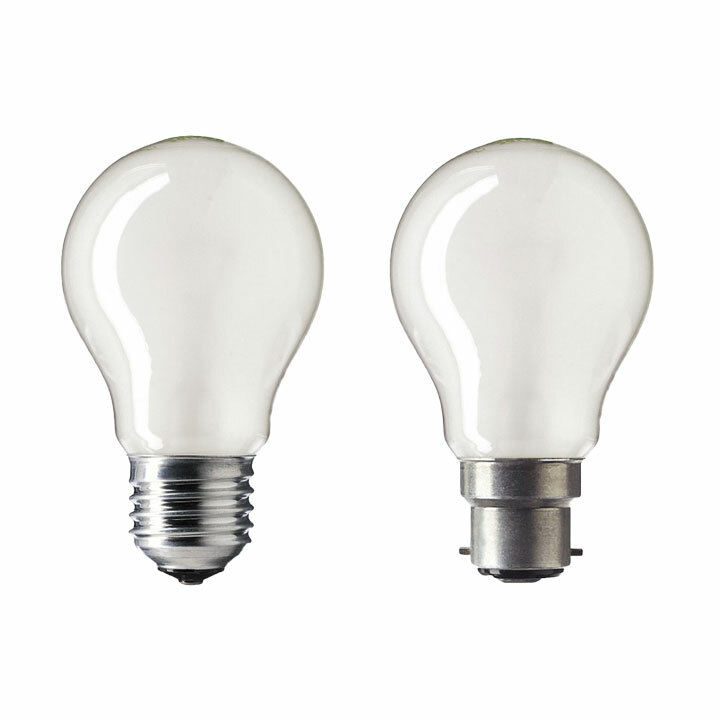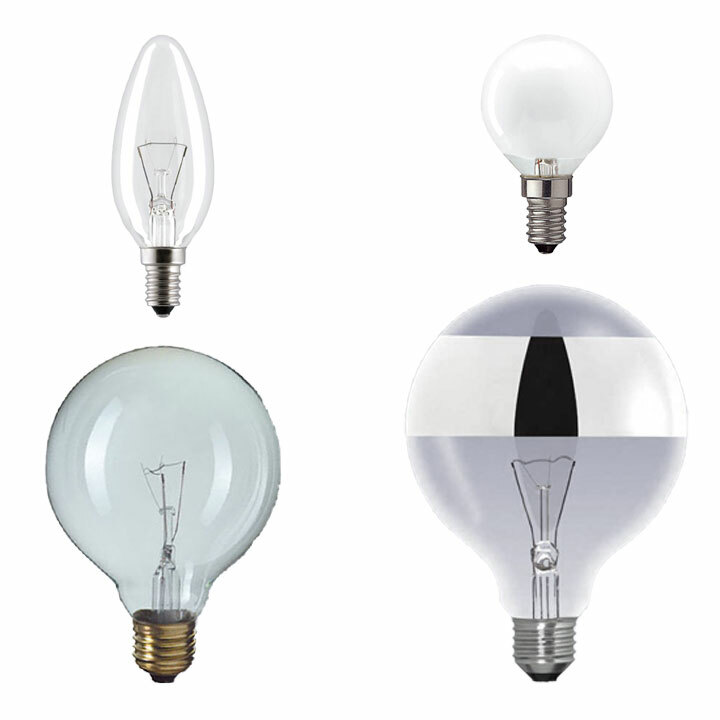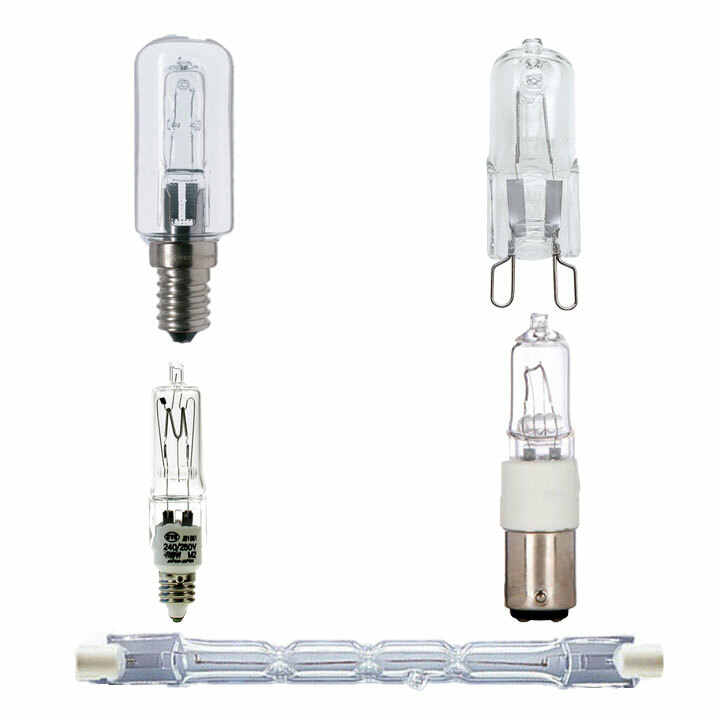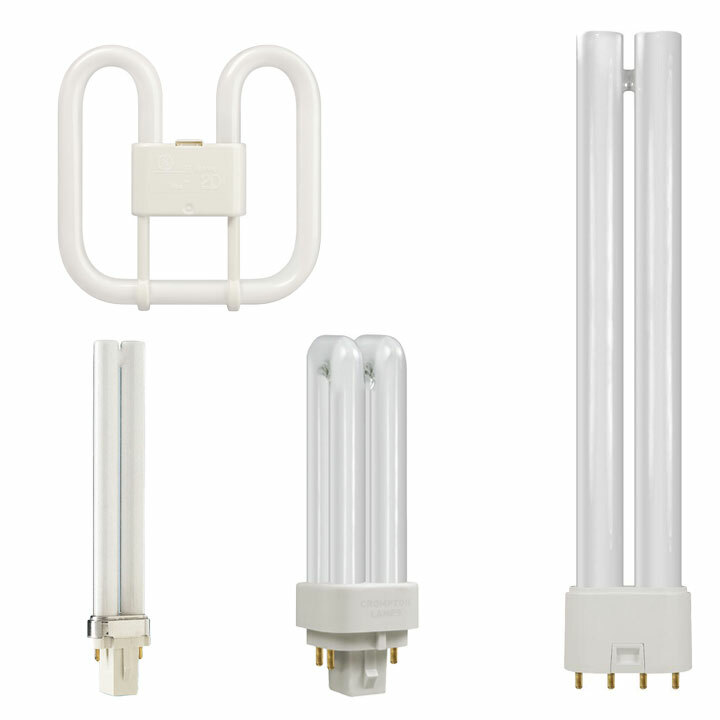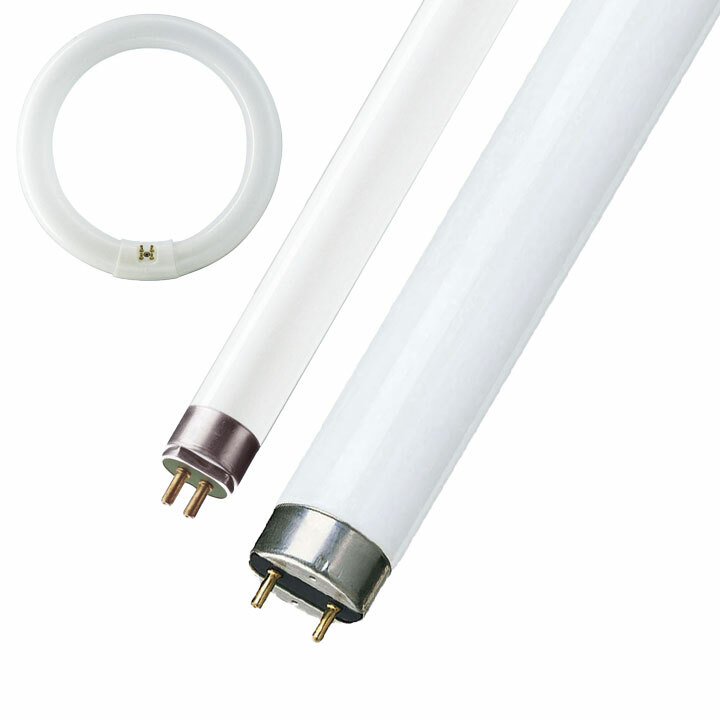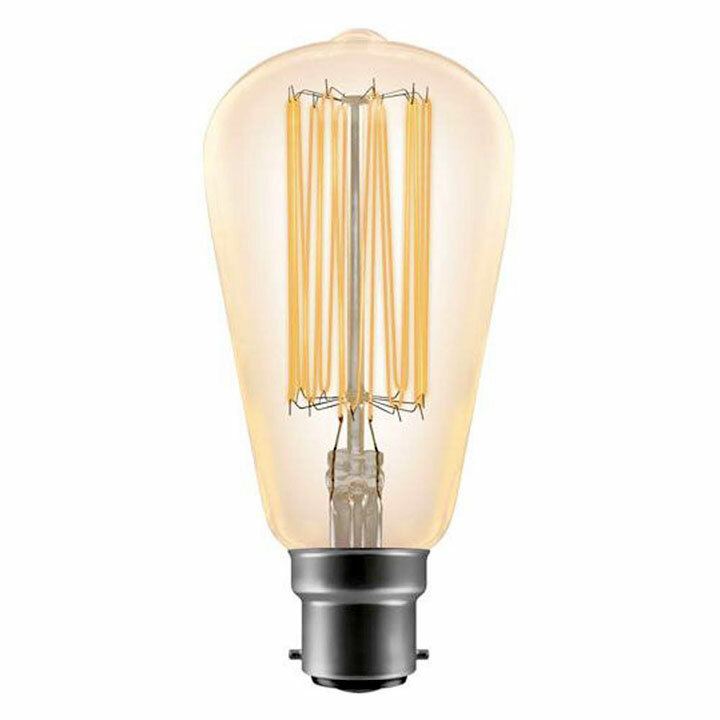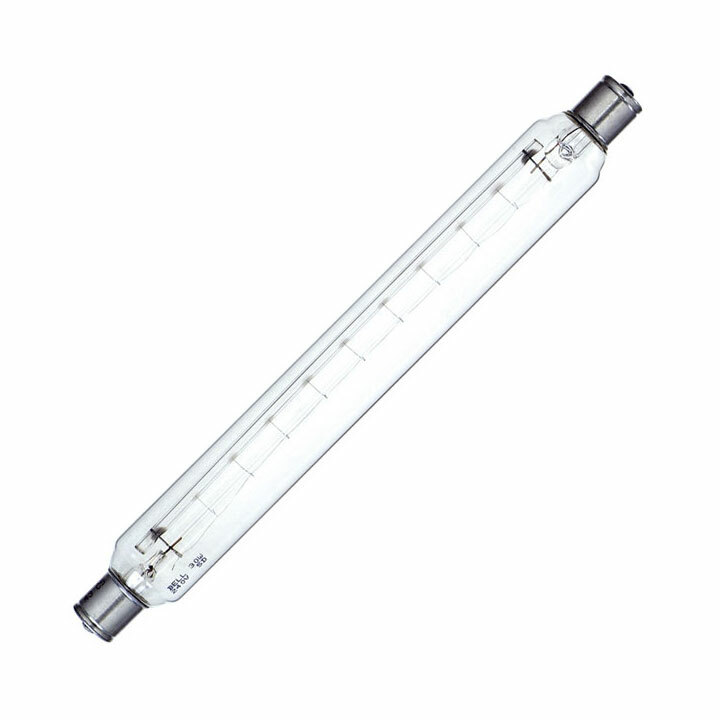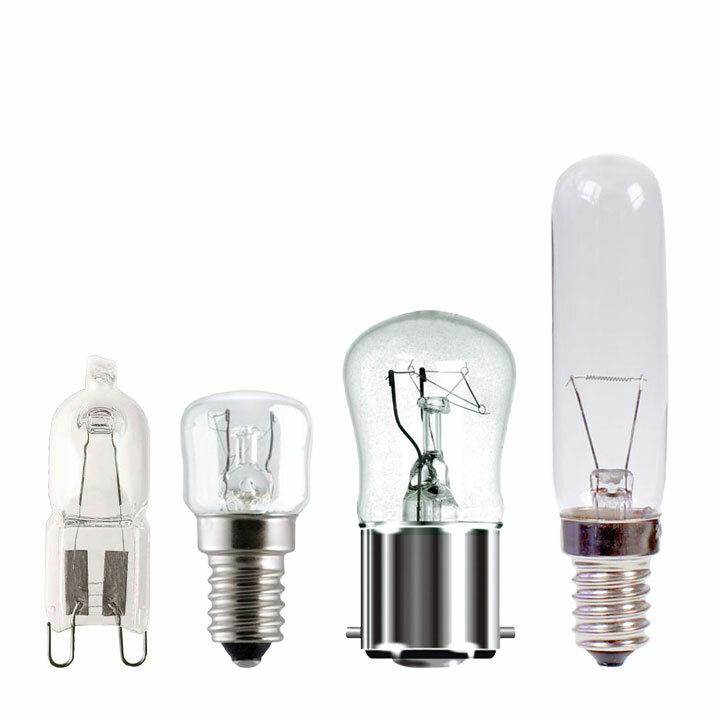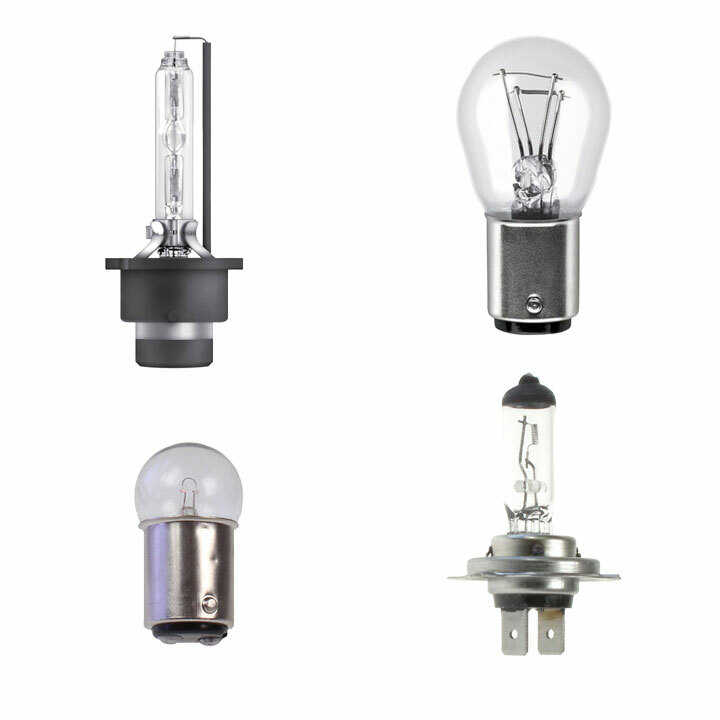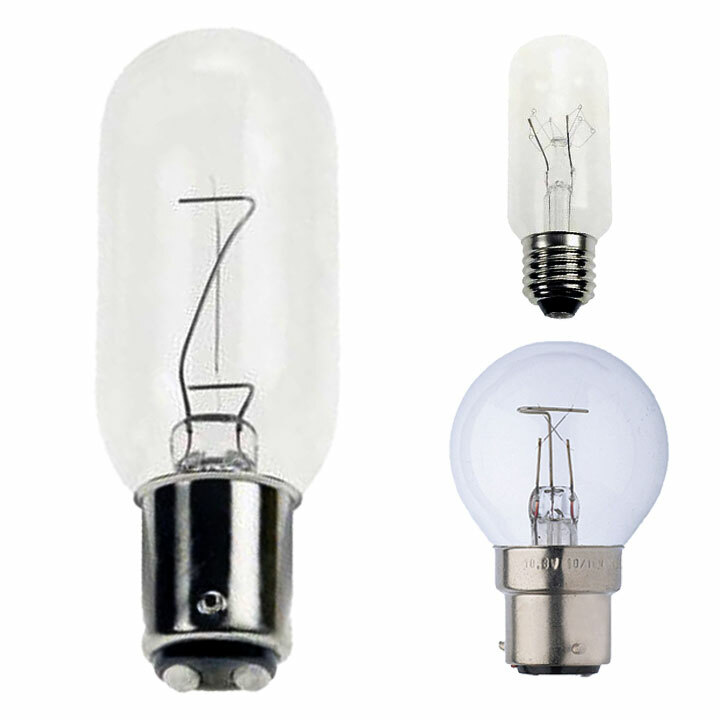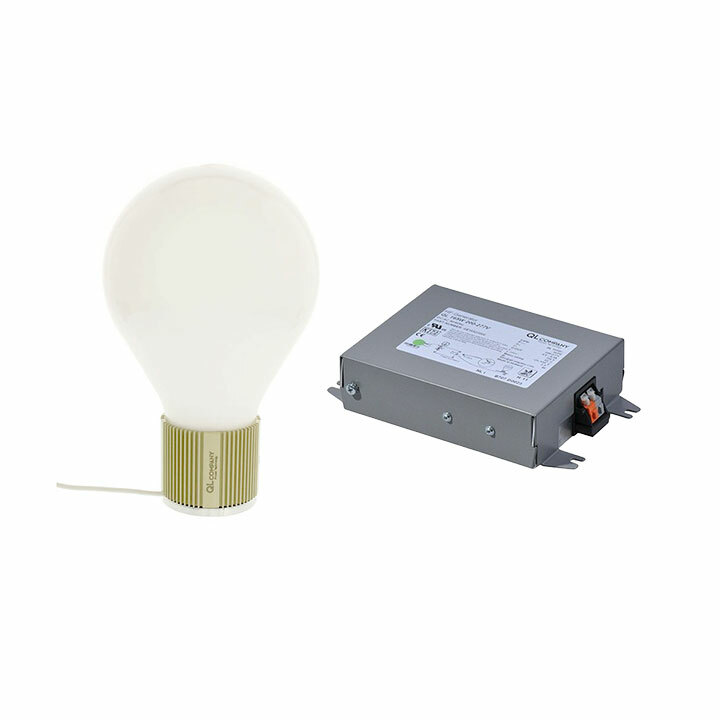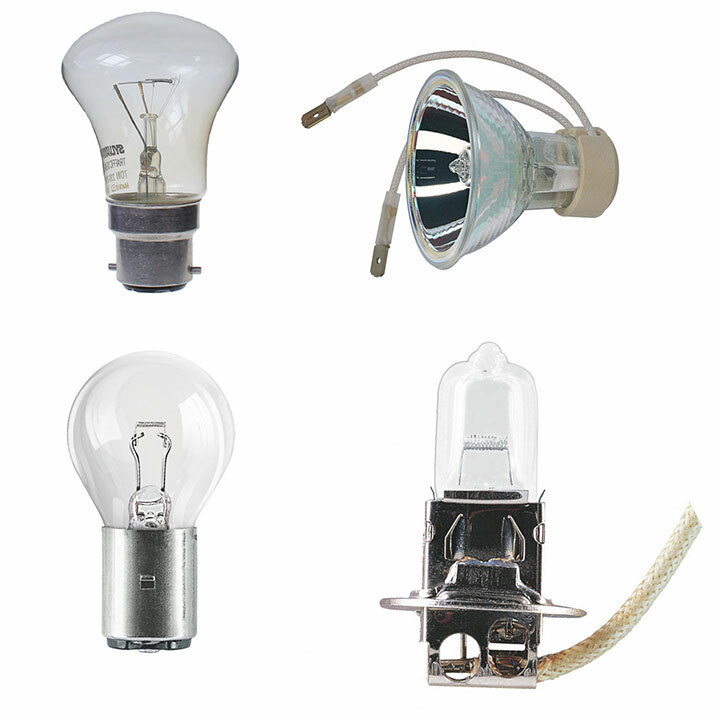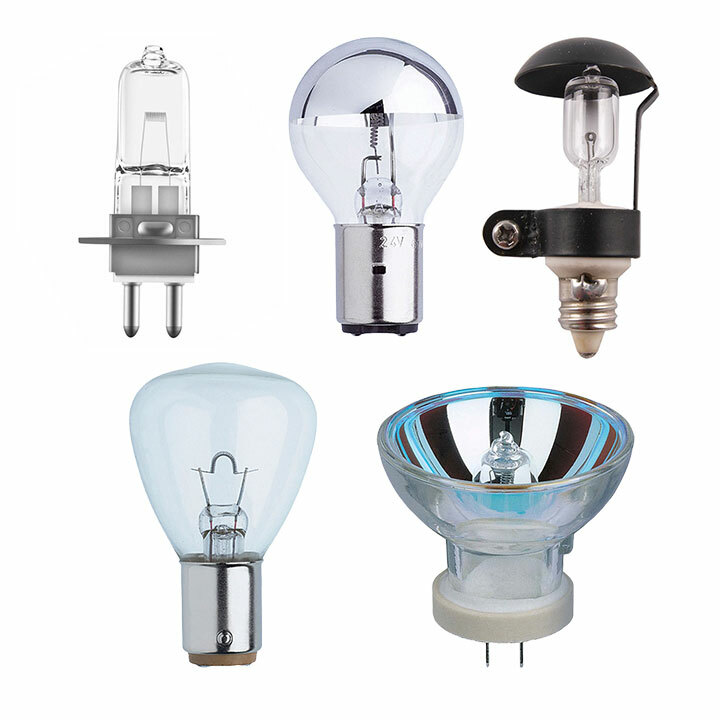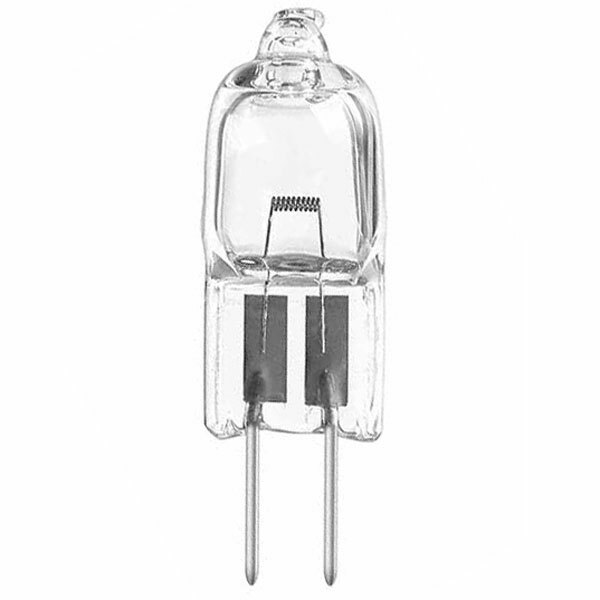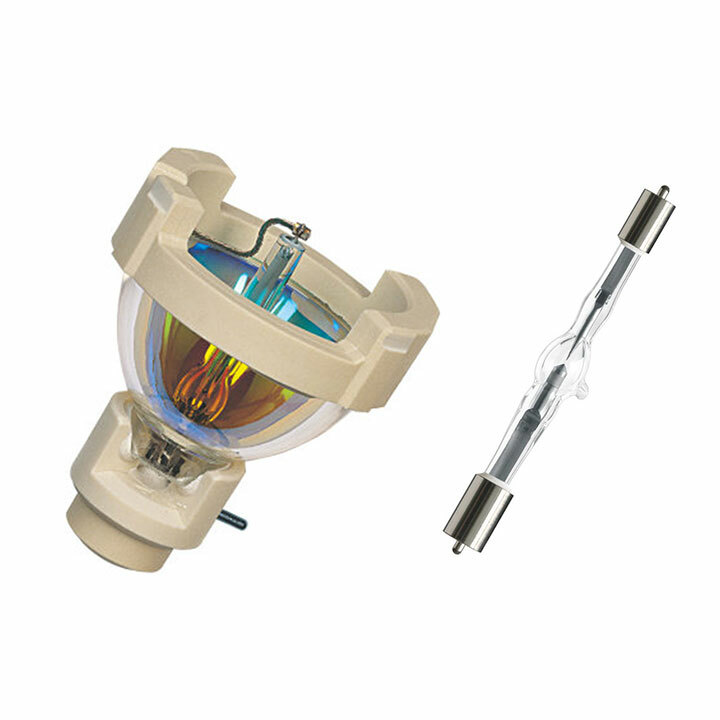020 8391 7400
- LED Lamps
-
LED Light Bulbs
- LED Light Bulbs
- LED GLS
- Coloured Light Bulbs
- LED GLS Dusk to Dawn
- Led Lamps with Motion Sensors
- LED Round 45mm
- LED Candles
- LED Squirrel Cage ST64
- LED Globes
- Large Decorative
- LED Tubular
- LED G4
- LED GY6.35
- LED G9
- LED Crown Mirrored
- LED Crown Mirrored Globes
- LED Architectural Straight
- LED Striplights
- LED Sticks and Spirals
- LED R7s
- LED Pygmys and Appliance
- LED GX53
- Circular Mains Voltage E27
- Reflectors
- LED Commercial
- LED TUBES
- LED Compact Retrofit
- LED Modules
- LED Miniature Lamps
- LED Smart
- Lamps
- Light Bulbs
- Candles and Rounds
- Spotlights
- Standard Halogen
- Compact Fluorescent
-
Fluorescent Tubes
- Fluorescent Tubes
- T4 Fluorescent Tubes
- T5 Fluorescent Tubes
- T8 Fluorescent Tubes
- High Frequency Fluorescent Tubes
- T10 Fluorescent Tubes
- T12 Fluorescent Tubes
- Coloured Fluorescent Tubes
- American Tubes
- Explosion Proof (TLX)
- Aquatic Fluorescent Tubes
- Growlux
- Fresh Meat Display Tubes
- Aperature and Reflector Tubes for Signs etc
- Safebreak Fluorescent Tubes
- Circular T5
- Circular T9
- U-Tubes
- Low Energy
- ST64 Decorative Bulbs
-
Discharge Lamps
- Discharge Lamps
- Ceramic Metal Halide Lamps GU6.5
- Ceramic Metal Halide PGJ5
- G8.5 Ceramic Metal Halide
- Single Ended G12 Metal Halide lamps
- Cermaic Metal Halide GX10
- Par20 Ceramic Metal Halide
- Par30 Ceramic Metal Halide
- Ceramic Metal Halide 111mm GX8.5
- Sodium Lamps
- Elliptical Metal Halide
- Ceramic Tubular Metal Halide
- Tubular Quartz Metal Halide Lamps
- Low Wattage Double Ended Metal Halide
- Philips Cosmo White Lamps PGZ12 and E27/E40
- Ceramic Metal Halide PGZ18 and PGZX18
- High Wattage Double Ended Metal Halide
- Single Ended Stadium Lighting
- Coloured Metal Halide Lamps
- Mercury Discharge Lamps
- Metal Halide Reflector Lamps for Fibre Optic
- Philips CDM-TP
- Aquatic Metal Halide
- Striplights
- Tubular, Pygmy and Oven Lamps
-
Entertainment Lamps
- Entertainment Lamps
- A1 and ANSI Entertainment Lamps
- CP Class Lamps
- P - Class
- T - Class
- Single Ended Halogen - HPL - Source Four
- MSR/MSD Fast Fit _ Osram Lok-It
- Discharge Single Ended Hot Restrike
- Single Ended Non-Hot Restrike
- Osram Single Ended HTi Lamps
- Osram SharXS HTI Double Ended
- Discharge Double Ended Hot Restrike
- Discharge Reflector
- Par36
- Par46
- Par56
- Par64
- Philips Architainment
- Halogen Fast-Fit
- Sylvania XOP Xenon Lamps
- Colour Balanced Compact Fluorescent
- Kino Flo and balanced Tubes
- Auto Lamps
- Navigation Lamps
- QL Lamps
- Traffic and Rail Signal Lamps
- Hydroponics Lamps
- Medical and Dental Lamps
- Microscope
- Airfield Runway Lamps
- HBO Lamps
- XBO
- Miniature lamps
- 10 X 28mm Wedge Base
- 15 X 36mm Wedge Base
- 5 X 20mm Wedge Base
- 5.7 X 17.5mm E5/8
- 7 X 20mm Ba7s
- Ba15d Base Lamps
- BA15s Base Lamps
- Ba9s Lamps
- E10 Base Lamps
- E12 Base Lamps
- E14 Base Lamps
- Festoon Lamps
- Midget Flange
- Midget Groove
- P13.5s Base Lamps
- Ridged Loop Xenon Lamps
- T1 ¼ Bi-Pin
- T1 ¾ Bi-Pin
- Telephone Slider Lamps
- Wire Ended
- Components
- Led Drivers
- Motion Sensors and Controls
- Emergency Battery Packs
- Control Gear for Fluorescent Tubes
- Dimmer Switches and Modules
- Lamp Adapters
- Transformers
- Control Gear for Metal Halide Lamps
- Control Gear for Sodium Lamps
- Control Gerar for Mercury Lamps
- Starter Switches
- Capacitors
- Ignitors
- Lamp Holders
- Switches
- SOX Control Gear
- Emergency Lighting Controllers
- Tridonic Emergency LED Status Indicators
- InfraRed
- Animal Care Infra-Red
- Blown Bulb Infra-Red
- Clear Bare Infra-red Lamps R7s
- Clear Bare Infra-Red with leads
- Clear Bare Infra-Red with straps
- Clear Jacketed Infra-Red
- Clear Twin Tube
- Gold Bare Infra-red Lamps R7s
- Gold Bare Infra-red with leads
- Gold Bare Infra-red with tabs
- Ruby Jacketed Infra-Red with leads
- Ruby Quartz Infra-red R7s
- Therapy Infra-Red
- Bain Marie Lamp Holders for Infra-red Lamps
Shop By Brand
Lamps
Traditional lamps include incandescent lamps, halogen Lamps and fluorescent tubes. These lamps are all being phased out, existing stocks are able to be sold but no further supplies will be able to be put on the market.
Some types are exempt such as entertainment lamps, infra-red and ultra violet, along with Airfield, medical and auto lamps. however as the technology improves we will see a continual reduction in the number snad types of traditional lamps available.
- Light Bulbs
- Candles and Rounds
- Spotlights
- Standard Halogen
- Compact Fluorescent
- Fluorescent Tubes
- Low Energy
- ST64 Decorative Bulbs
- Discharge Lamps
- Striplights
- Tubular, Pygmy and Oven Lamps
- Entertainment Lamps
- Auto Lamps
- Navigation Lamps
- QL Lamps
- Traffic and Rail Signal Lamps
- Hydroponics Lamps
- Medical and Dental Lamps
- Microscope
- Airfield Runway Lamps
- HBO Lamps
- XBO
Your questions answered about traditional lamps
The ban on sales of traditional light bulbs (lamps) is covered by different regulations. In general the ban includes all halogen and filament lamps used for general applications. There are exemptions for particular types such as those used in theatre and studio for example. The ban extends to the manufacturer and importation of these lamp types which means it is compleatly legal to sell lamps that are already on the market until the stock is sold. These lamps are banned under the EUP (Energy using products) regulations which are designed to force the move to more efficent light sources such as LEDs.
Recently some lamps which are not banned because of their energy efficency such as fluorescent tubes are being banned under different regulations (ROSH) to remove mercury from the environment. This ban is just starting to take effect and will result in the ban on all fluorescent tubes, compact lamps, ebergy savibng lamps and circular tubes. There are exceptions such as ultra-violet tubes which cannot be replaced by LEDs. Again existing stocks can be sold but new lanps cannot be put on the market after the ban takes effect.
No provided that they are kept dry so that the metal parts do not corrode the lamps will not deteriorate over time, with one exception, energy saving lamps contain capacitors and these will eventually degrade somewhere between fifteen and twenty five years after manufacturing.
 British Pounds
British Pounds  Euro
Euro
 US Dollar
US Dollar
 Australian Dollar
Australian Dollar
 Canadian Dollar
Canadian Dollar
 Danish Krone
Danish Krone
 Hong Kong Dollar
Hong Kong Dollar
 Hungarian Forint
Hungarian Forint
 Icelandic Króna
Icelandic Króna
 Indian Rupee
Indian Rupee
 Israeli New Sheqel
Israeli New Sheqel
 Japanese Yen
Japanese Yen
 New Zealand Dollar
New Zealand Dollar
 Norwegian Krone
Norwegian Krone
 Polish Zloty
Polish Zloty
 Singapore Dollar
Singapore Dollar
 South African Rand
South African Rand
 Swedish Krona
Swedish Krona
 Swiss Franc
Swiss Franc

